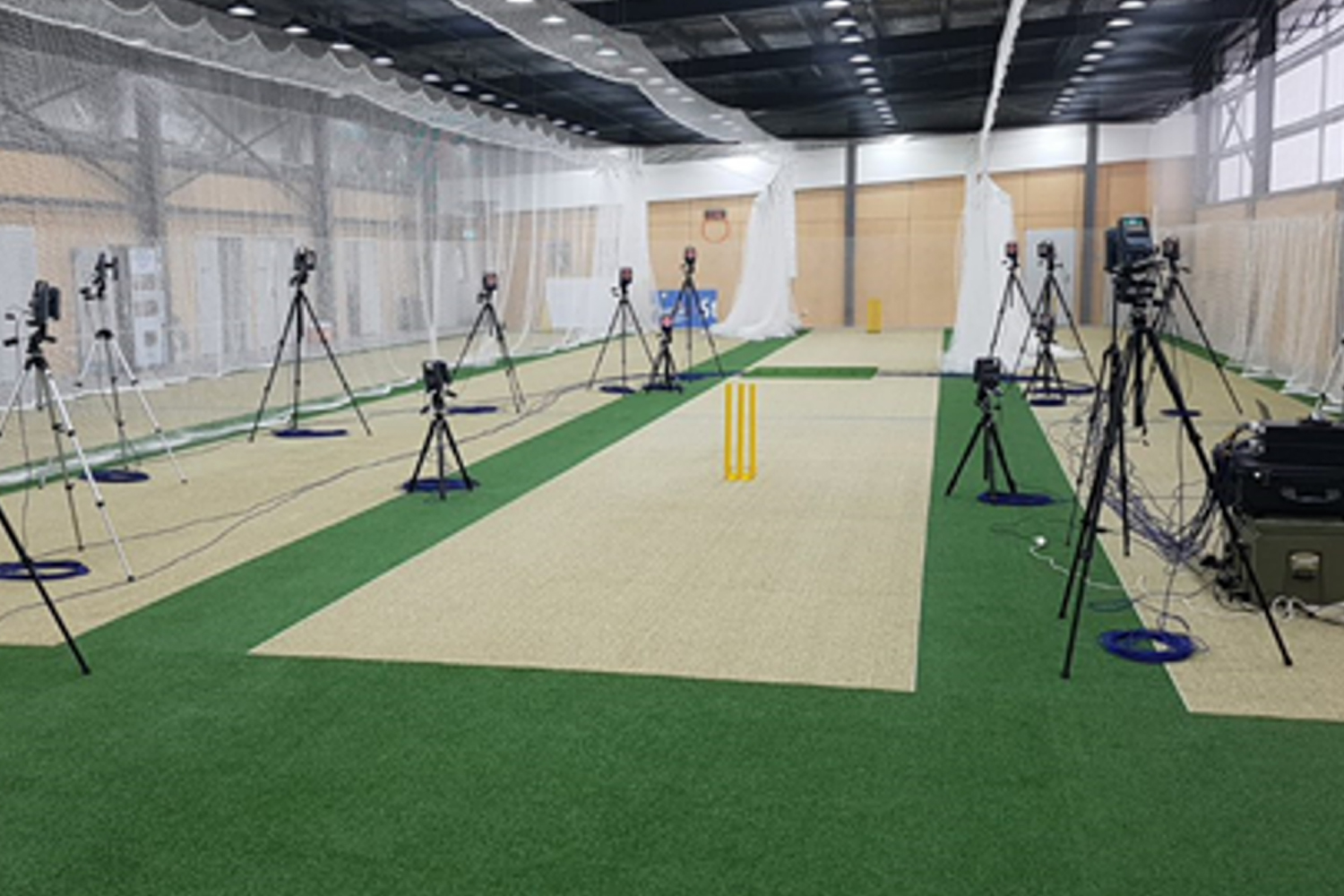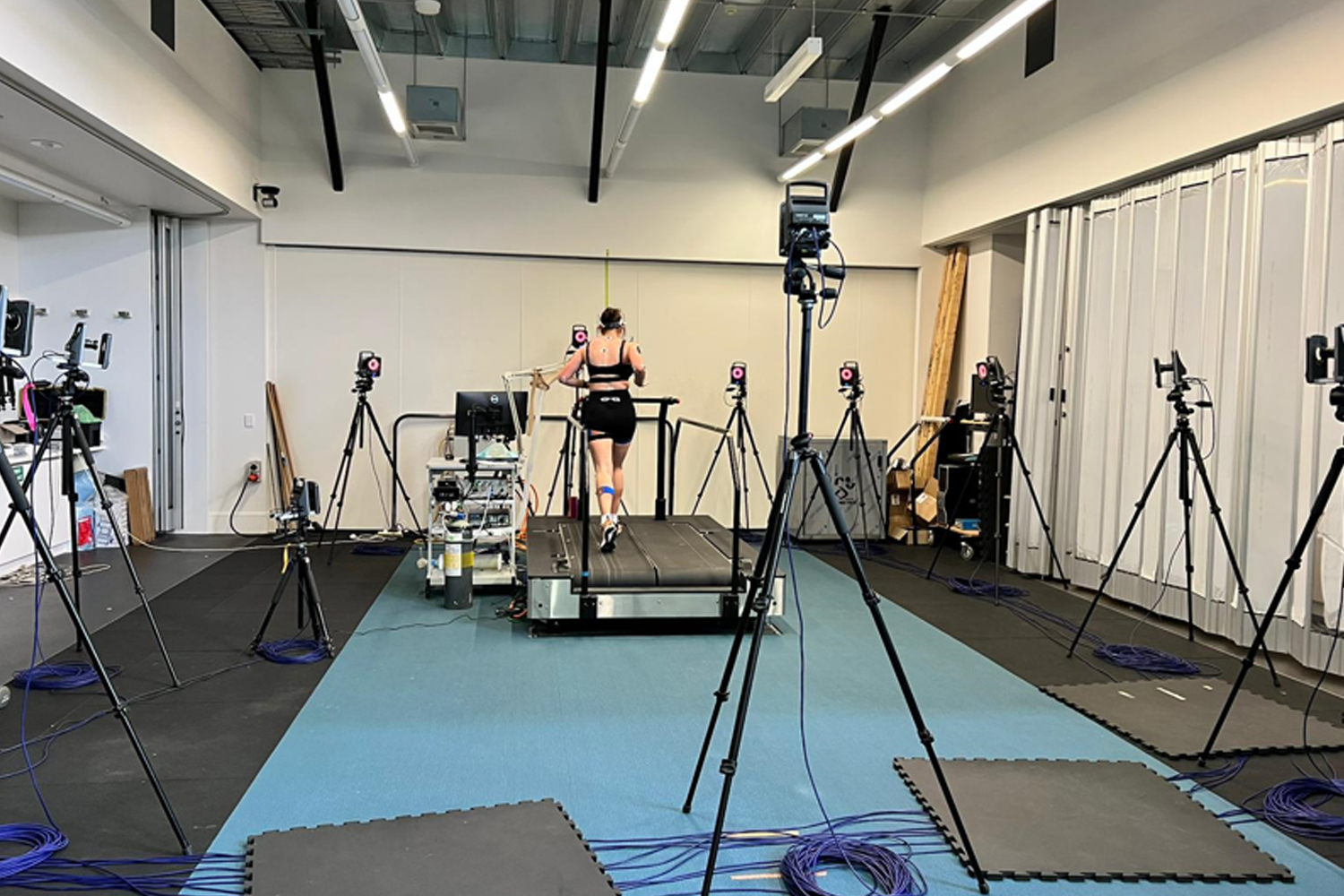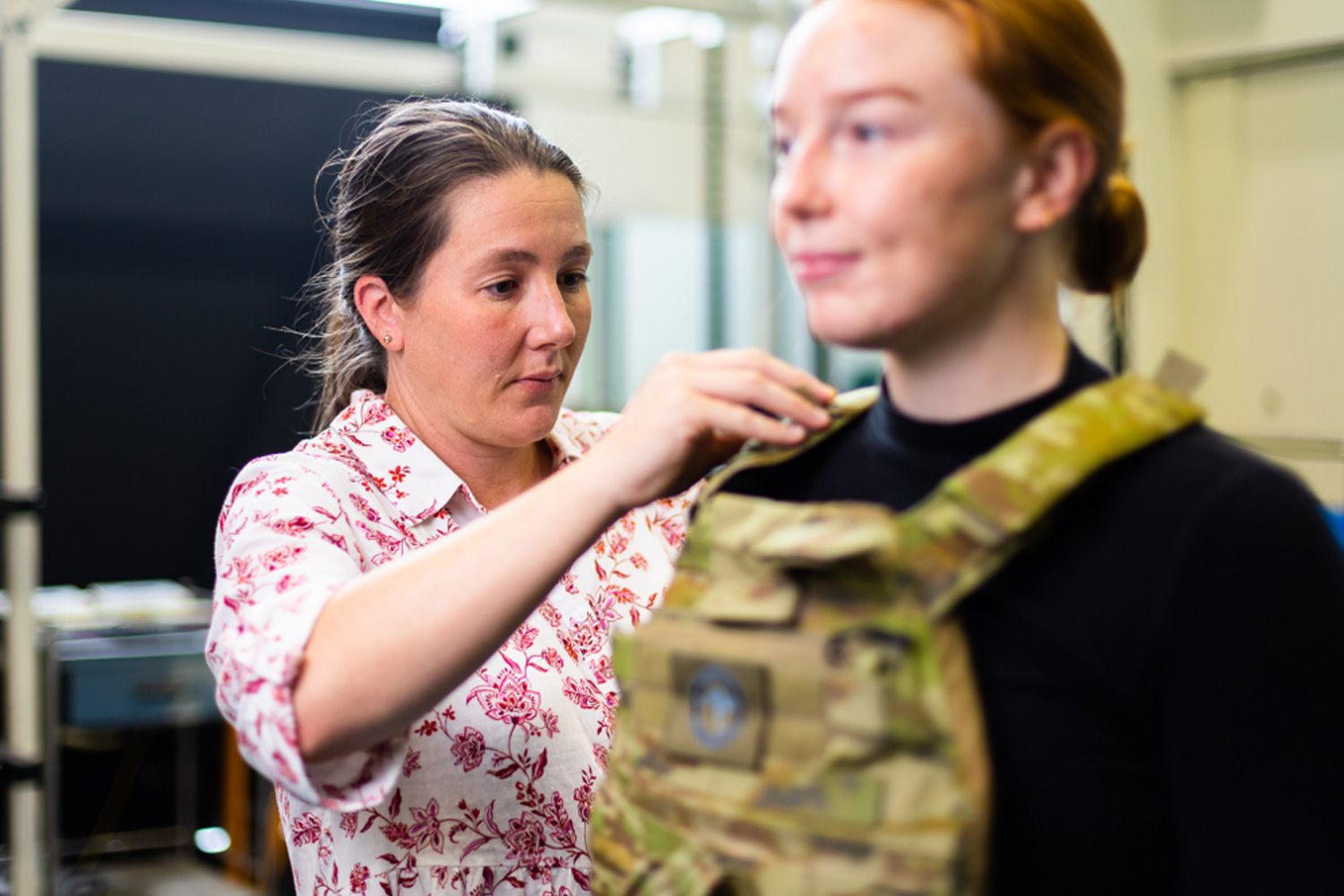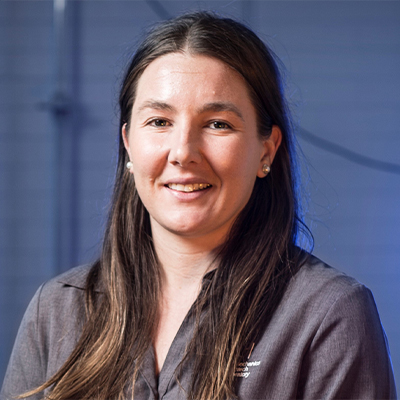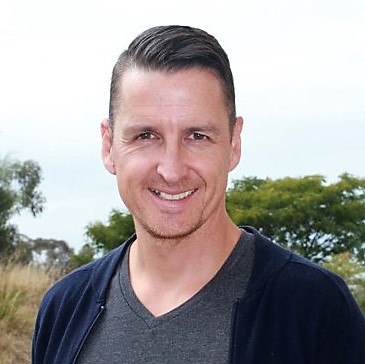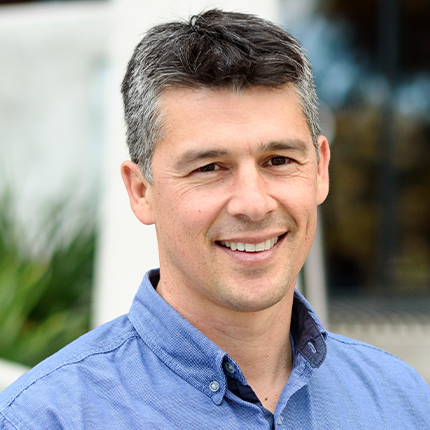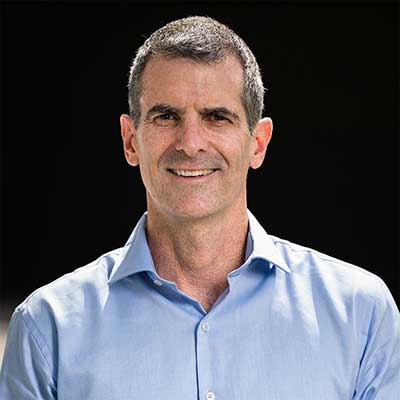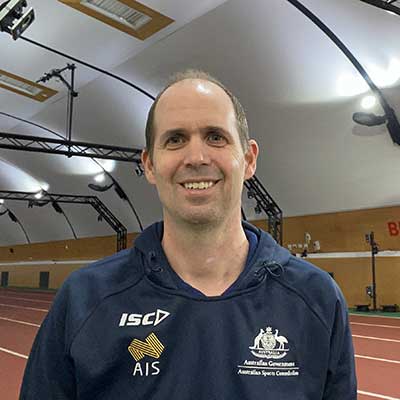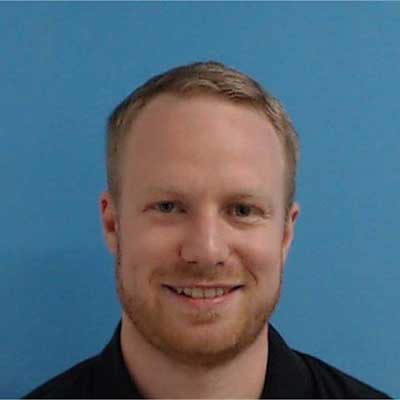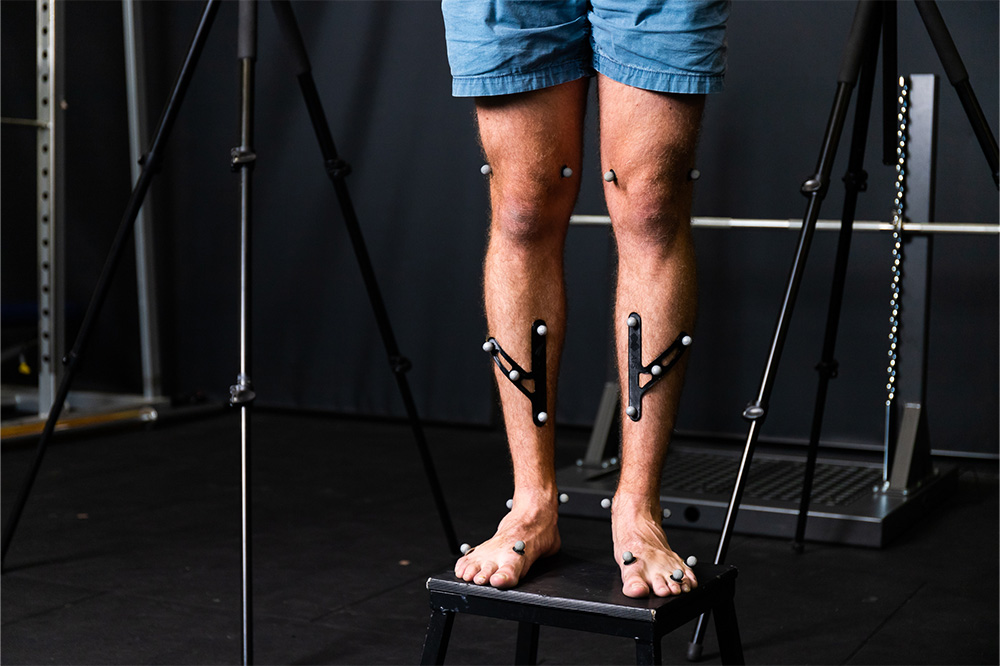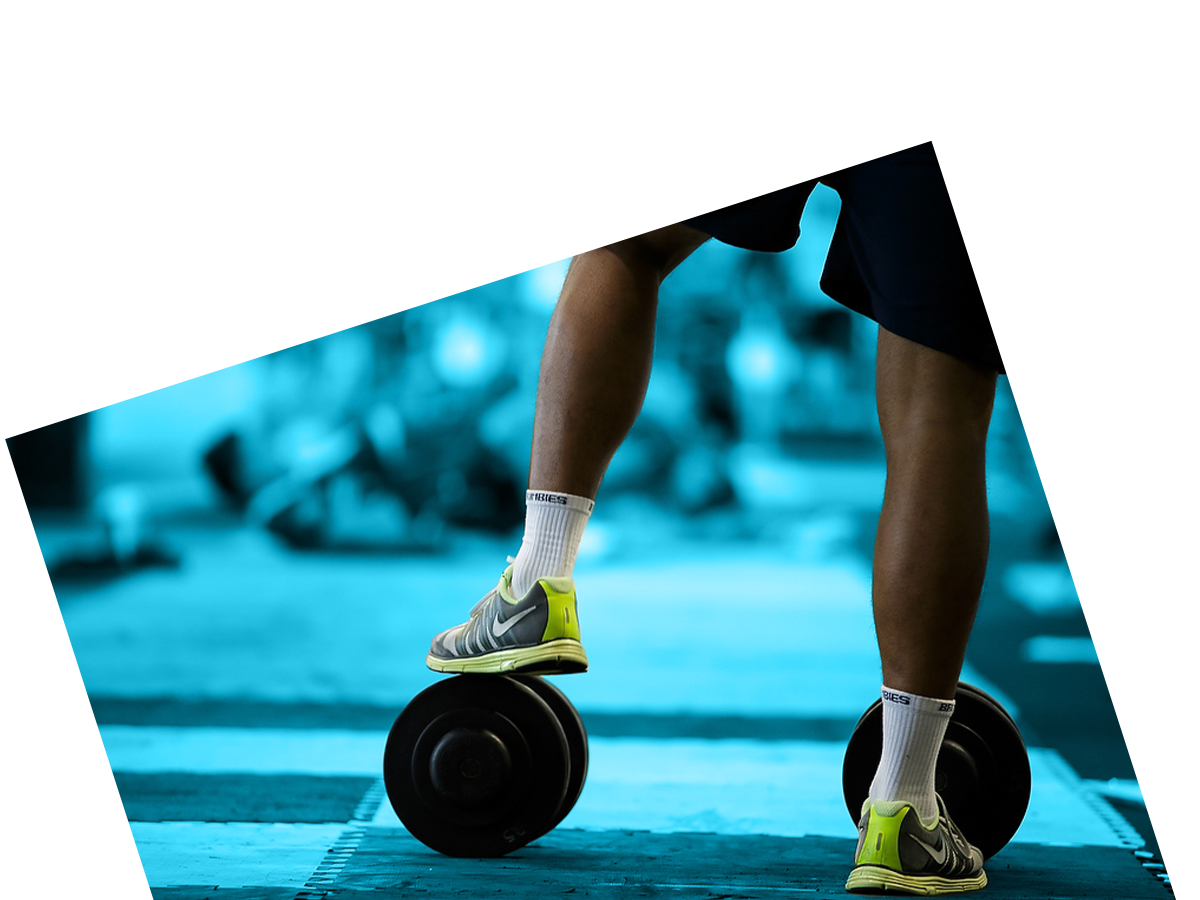National Biomechanics Day was founded by former American Society of Biomechanics President Paul De Vita and was first held in 2016. The goal of National Biomechanics Day is "to advance biomechanics science and education by increasing the awareness and appreciation of biomechanics among the high school community around the world". More details can be found at the official National Biomechanics Day page.
By inviting local high school students to a nearby biomechanics laboratory, these students can experience and become aware of the field of biomechanics, helping to introduce future biomechanists to their future careers. The UCRISE Applied Biomechanics Theme is proud to host a National Biomechanics Day Annually. For inquiries about National Biomechanics Day, contact Celeste Coltman.


